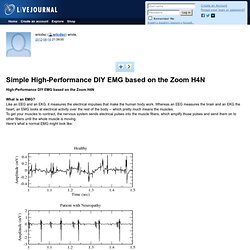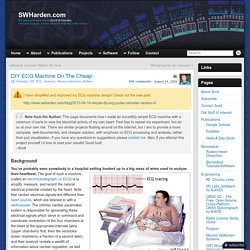

Google Map Envelopes. Engineering books. Wind-up paper butterflies are my fave (guest post from amelia) I had a baby so I’ve invited some fave guests to take over for me while I spend time with the little guy.

Today’s post is from super crafter and cute mom, Amelia of The Homebook. Growing up, I had an aunt who lived in Canada. Every year for my birthday she’d send me a card and a fancy little gift. She always found the neatest things! One year, when I was maybe 10 or 11, she sent me another card—and when I opened it up, a paper butterfly fluttered out of the card. I made my butterflies into Monarchs, but you could use different materials to create any sort of colorful butterfly. Materials: You’ll need heavy cardstock, 24 gauge wire, silicone rubber bands (I found mine in the hair aisle at Walgreens) needle-nose pliers, scissors, tape, a paintbrush, a black marker, and a white ink pen. Step 1: Measure and cut your wire. Step 2: Find the center of the longer wire. Step 5: Find the center of the shorter wire, and wrap it around the base of the paintbrush. Wind-up paper butterflies are my fave (guest post from amelia)
Other Sensors (Medical) Bio-capteurs. Ericdsc: Simple High-Performance DIY EMG based on the Zoom H4N. High-Performance DIY EMG based on the Zoom H4N What is an EMG?

Like an EEG and an EKG, it measures the electrical impulses that make the human body work. Whereas an EEG measures the brain and an EKG the heart, an EMG looks at electrical activity over the rest of the body -- which pretty much means the muscles. To get your muscles to contract, the nervous system sends electrical pulses into the muscle fibers, which amplify those pulses and send them on to other fibers until the whole muscle is moving. Here's what a normal EMG might look like: What's it good for? Recording muscle activity! But people use EMGs for all sorts of physical therapy and sports applications.
The DIY EMG The heart of the DIY EMG is a Zoom H4N audio recorder hooked up to three electrodes -- two measurement electrodes and a common ground. The Zoom recorder is recording at the highest quality setting, 24bit/96kHz. TECHNOLOGIES. TeleSensual. Research - Shape-Memory Alloys. Research Lab. DIY materials for smart fabrics and interactive textiles. WEAR. Conductive materials. Shape memory alloys. Materials. Smart Technical textiles. Pop-up cards for all occasions. Paper crafts: make a Panda Gift Candy Box tutorial Paper crafts: make a Panda Gift Candy Box tutorial In the summer times, let your kids make a special candy box, this crafts only needs paper Christmas craft ideas: paper snowflake flower tutorialChristmas craft ideas: paper snowflake flower tutorial Snowflake flower tutorial This snowflake is easy to do with the children.

Will need: Paper, A4 or A5, scissors, glue and Christmas ornament: Paper Snowflake Tutorial Christmas ornament: Paper Snowflake Tutorial Here is a tutorial for a stunning paper snowflake that is approx. 20 inches in diameter. It's a real show stopper! Butttons art: 10 unusual ideas of buttons in interior decorationButttons art: 10 unusual ideas of buttons in interior decoration Herringbone from pearlies The real decoration of your home can be this Christmas Tree, which is made Paper craft: mother’s day card and canvas Paper craft: mother's day card and canvas Whoa. Mother's Day is definitely creeping up on us. Bio-capteurs. Conductive materials.
DIY ECG Machine On The Cheap » SWHarden.com. Note from the Author: This page documents how I made an incredibly simple ECG machine with a minimum of parts to view the electrical activity of my own heart.

Feel free to repeat my experiment, but do so at your own risk. There are similar projects floating around on the internet, but I aim to provide a more complete, well-documented, and cheaper solution, with emphasis on ECG processing and analysis, rather than just visualization. If you have any questions or suggestions please contact me. Also, if you attempt this project yourself I’d love to post your results! Good luck! Background You’ve probably seen somebody in a hospital setting hooked up to a big mess of wires used to analyze their heartbeat. The goal of such a machine (called an electrocardiograph, or ECG) is to amplify, measure, and record the natural electrical potential created by the heart. [picture] The smooth curve in the ECG (P) is caused by the stimulation of the atria via the Sinoatrial (SA) node in the right atrium.